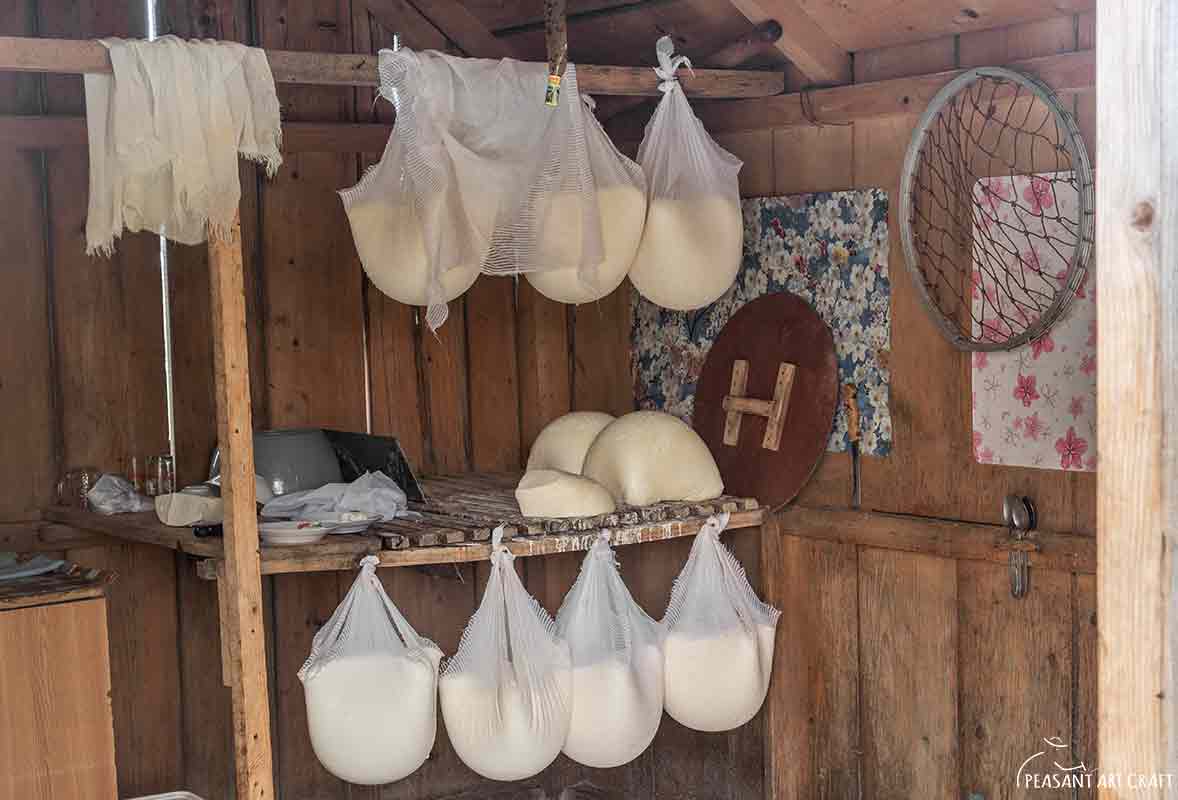
I like to start my summer with a supply of artisan cheese that I buy from sheepfolds and store in brine throughout the summer, to eat in combination with tomatoes. Each year we like to find a different location to shop for our cheese, and thus far, we’ve never been disappointed by the dairy products we bought from local producers. However, this year was different. I can say that I found the cheese of my dreams! My husband and I are very pleased each time we taste it. I can’t believe how cheese can be this good.


If the making process is similar in most of the locations we’ve been to, then how does the taste vary from one location to another? One may say that it is the rennet used, and I guess it’s true, because not just once did I hear about the importance of using a natural rennet to coagulate milk. I strongly believe that the taste may vary depending on the quantity of rennet added. An excess of rennet may lead to some bitter taste notes, which aren’t very pleasing. So here’s where I found the best artisan cheese.

In the southern region of the Rădăuţi depression, at an altitude of 400 meters, and surrounded by the hills, lies the town of Milişăuţi, well-known for the best pickles pickled in huge barrels and for the mind-blowing Italian pizza that I like to eat whenever I‘m in the area. Within walking distance from Milişăuţi, in the hamlet of Lunca, we spotted a small sheepfold, that counted no more than 200 sheep. Presently, they were pasturing on the vast plains, well guarded by a couple of Romanian Carpathian Shepherd dogs, and escorted by a pair of herding dogs and an old herder, who looked after them during the day and slept close in a sleeping box at night.

Before dusk, he led the sheep toward a penned enclosure. The shepherds awaited on small stools placed behind each opening, milking each ewe. There was the owner of the farm, Mr. Sauciuc Vasile, his wife, Liliana, and their two diligent sons, who helped with the farm chores.

“I have 200 sheep, and this is how I pass the time. It’s what I do for a living. Who knows how long it will last? Workers are hard to find. It’s hard to find someone to do the job. My sons help us, but they will soon grow wings and leave, like stork chicks”, said Mr Vasile.
A decline in the agricultural workforce is an issue that many farmers face nowadays because living an ancestral lifestyle is not an easy job. For instance, Mr. Vasile has never been on vacation.
“In winter they must be looked after, and then they start giving birth. You are hog-tied, no holidays”, he said firmly.

Fortunately, with people like Mr. Vasile, who stick to it no matter how hard and demanding it is, we get to taste a natural artisan cheese, and that is the reason I strongly believe that such people should be motivated, and nominated as human treasures.
Mr. Vasile is a living museum. You can tell he is a cheese master just by watching his moves. With skilled, well-practiced hand movements he seemed to talk to the milk in a language he already knew so well, and the milk spoke back.

Before he proceeded to add rennet, the milk was very well strained using two cheesecloths. Then he added lamb rennet.
“It was harvested from a lamb’s stomach under two weeks of age. The rennet is extracted, salted, and dried, then it is dissolved in previously boiled water.”

After adding the rennet, the milk must sit for a while to curdle. After the rennet had been given enough time to work on the proteins in the milk, he checked to see if the milk had coagulated. At this stage, the milk was transformed from a liquid into a gel. The next step was to break the curd into smaller chunks by whisking with his hands. The size of the curds will affect the moisture retained in the cheese; the smaller the pieces, the drier the cheese will be.
“I whisk it, then slowly press the curds down at the bottom of the pot, until the curds knit together.”
With slow movements and much patience, he soon formed a huge chunk that was immediately transferred in a cheesecloth and hung to drain overnight in line with the other cheeses, which had been made the day before. On the cheese stand above, older cheeses were drying, their yellowish color making you crave it.

Soon the smell of fresh milk inside the hut was blended with a subtle scent of smoke coming in. Just outside the hut, Mr. Vasile had just built a fire to cook a sweet whey cheese from the leftover whey.
The cauldron was then placed over the fire again and the whey was stirred continually. Meanwhile, the shepherds hang out together, sharing lots of exciting stories with the guests who come to keep them company and buy some cheese.


Along came woodworker Sorin Boicu, from the neighboring village of Iaslovăț, who popped up to barter a pair of hatpins that he made for cheese. The hatpins, very well executed from badger hair, deer antler, and cartridge, were exchanged for 5 kilograms of artisan cheese and some whey cheese in addition. Since bartering is the oldest form of commerce, I was curious it happened right before my eyes.
After about an hour, cheese lumps began to form on the surface, and they were gathered with a strainer and hung in a cheesecloth to drain. The whey cheese resulted is sweet, creamy, and low in fats. It has a delicate flavor that can be used on its own or in sweet and savory dishes.
We were served some delicious artisan cheese and some slices of whey cheese on a plate, with a side of salt, my favorite snack to have in places like this, while enjoying living a simple life, the sounds of a beautiful white horse grazing nearby, the sharp and resounding sheep bells and sheep baaing in the distance, the smell of wildflowers, of wild thyme, and lady’s bedstraw.
Similar: Smoked Cheese Made in the Carpathian Mountains – VIDEO
Contact Sauciuc Vasile: 004 0743 695 780
Facebook: https://www.facebook.com/liliana.sauciuc.5
Similar articles
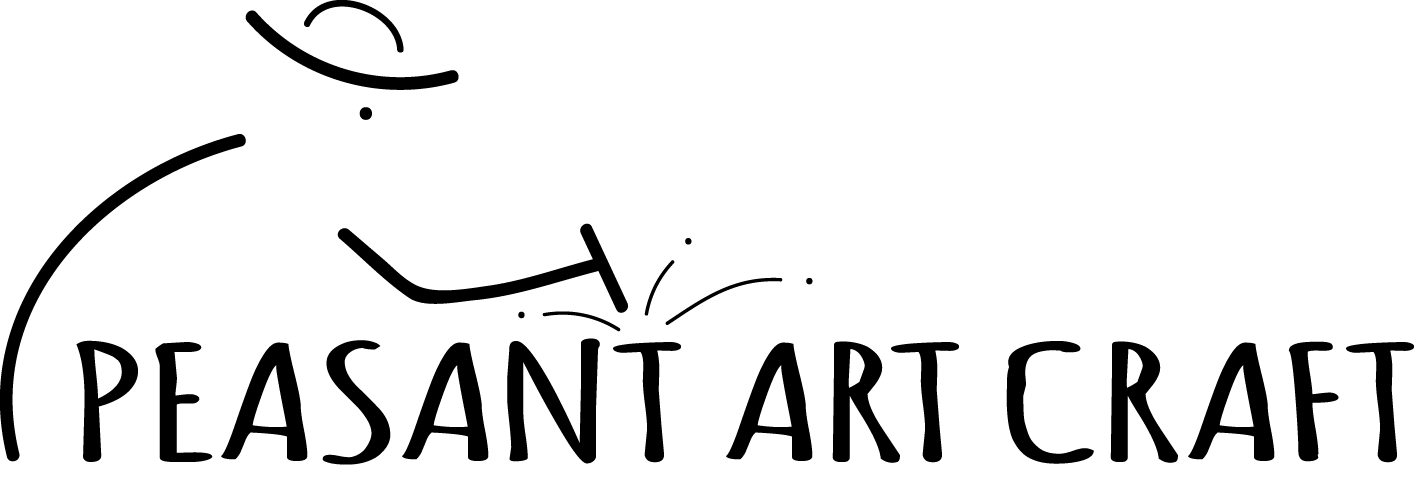
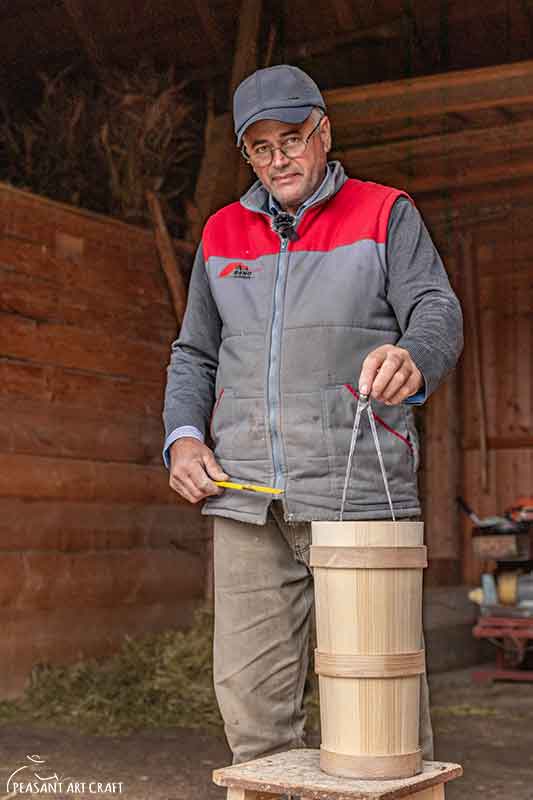
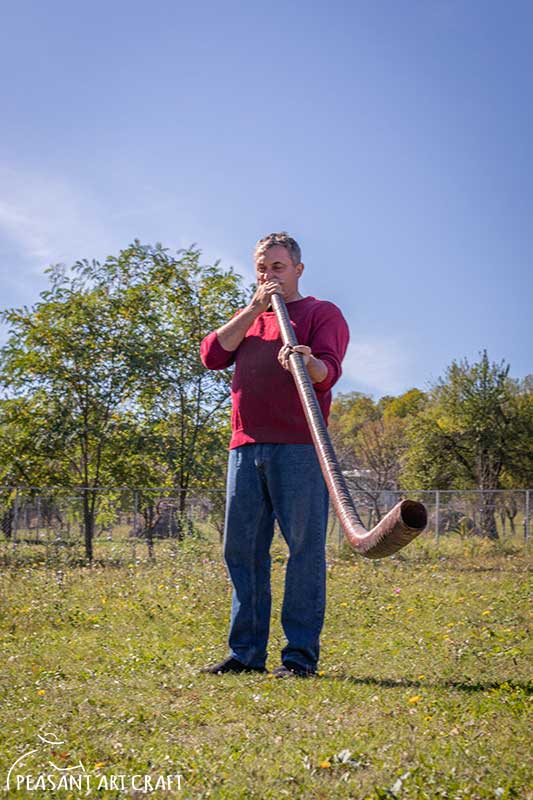
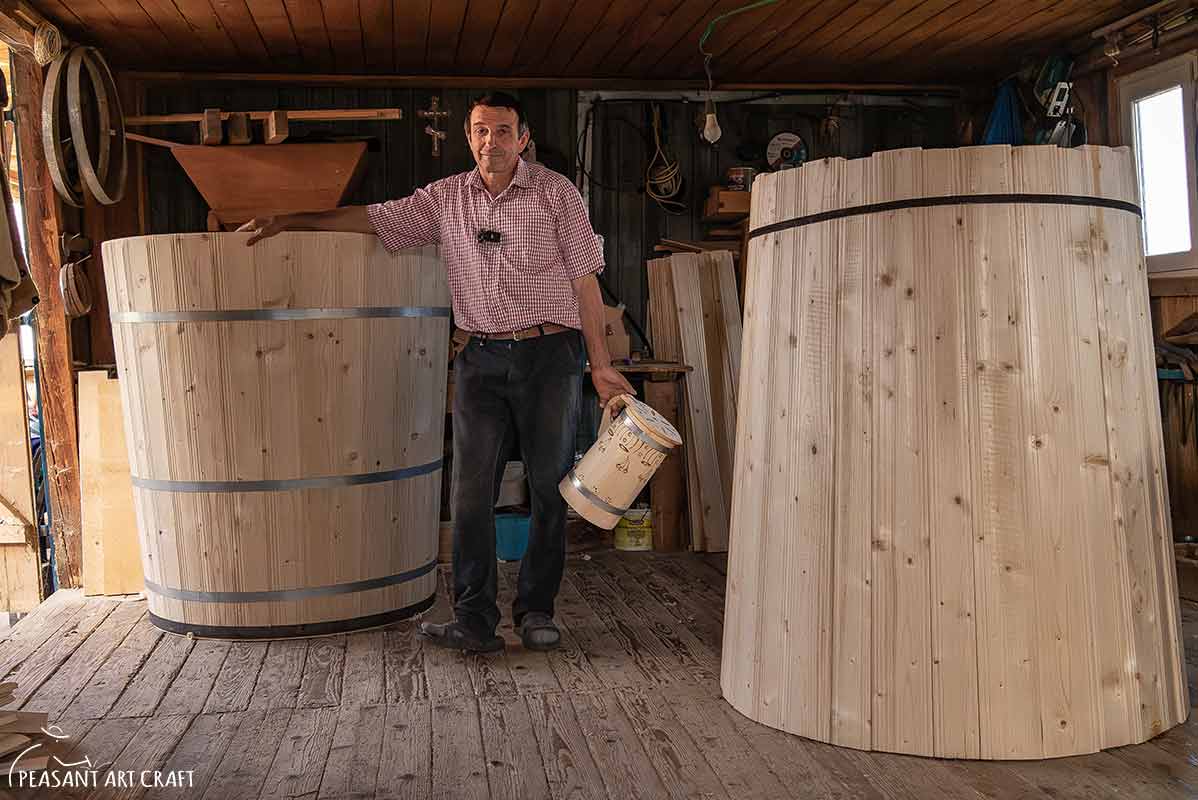

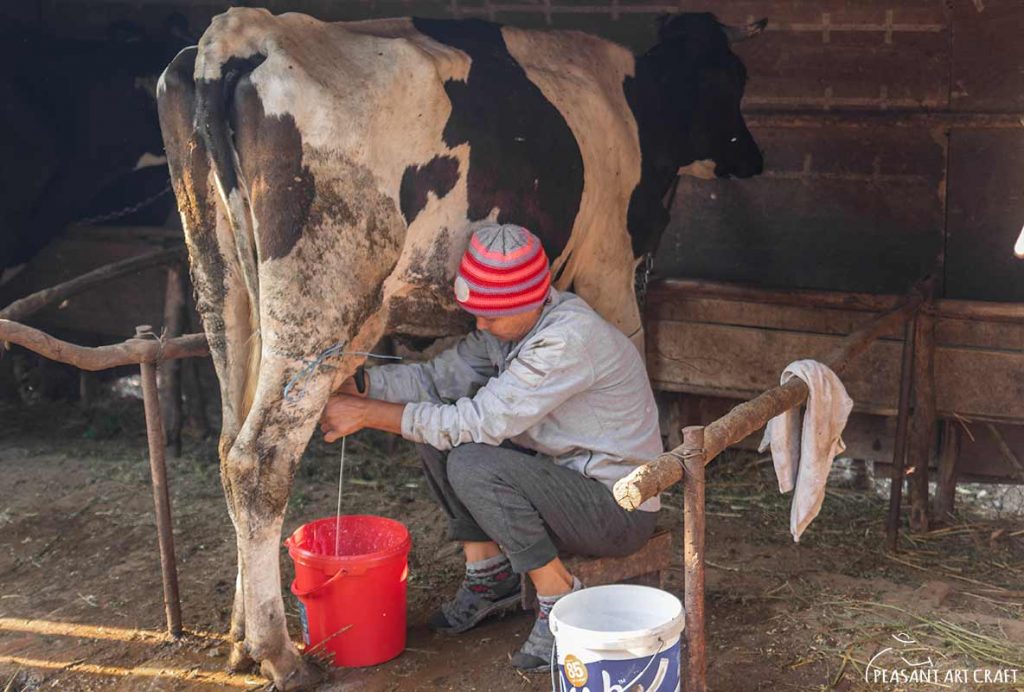
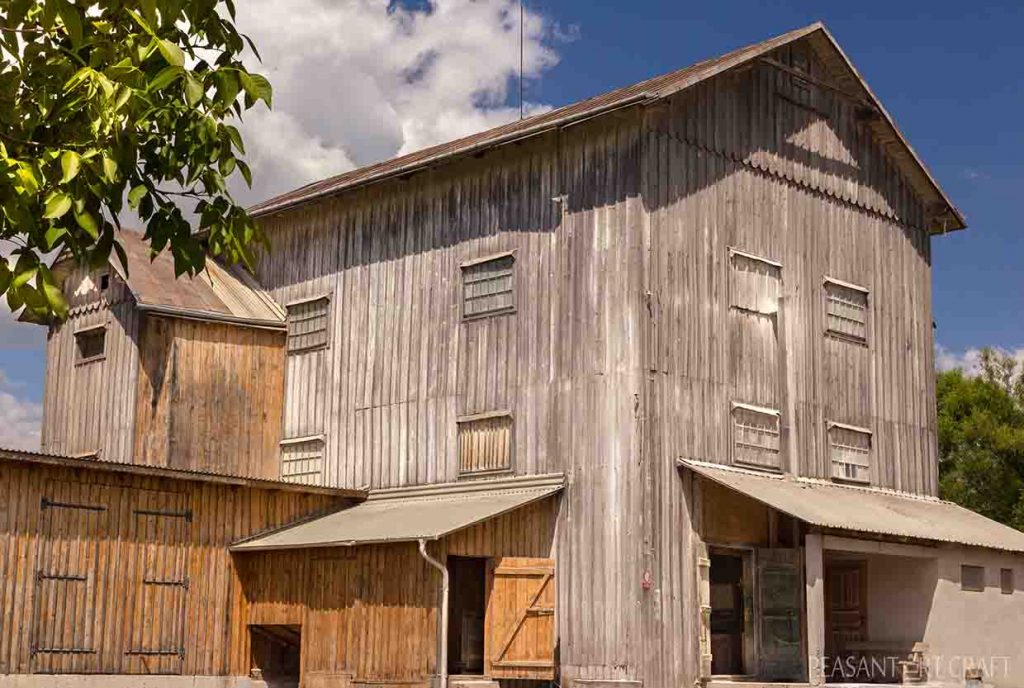
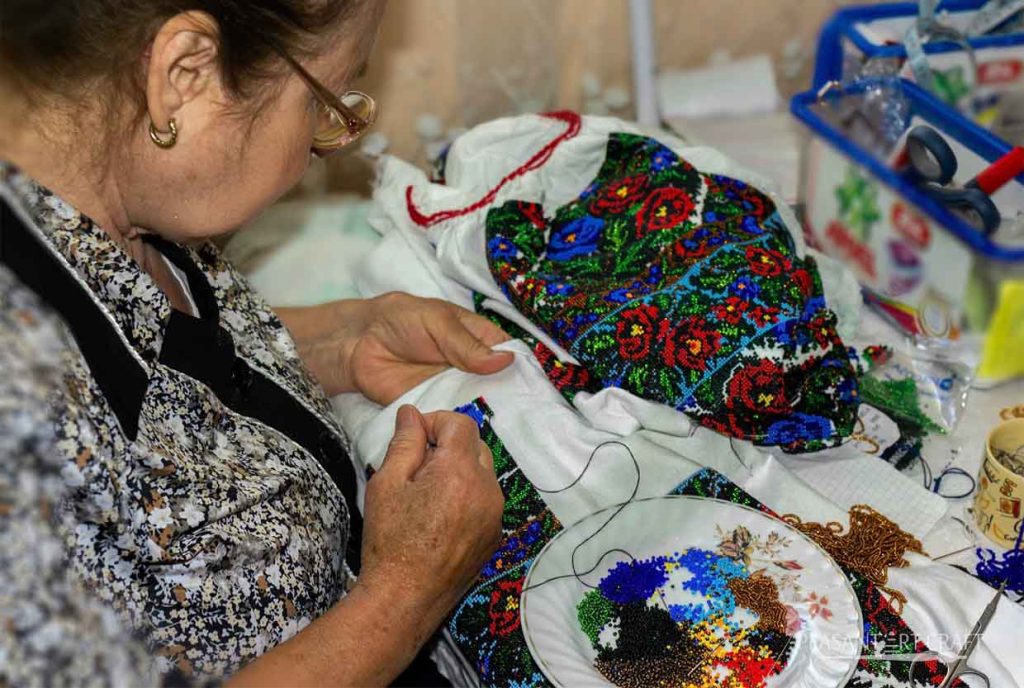
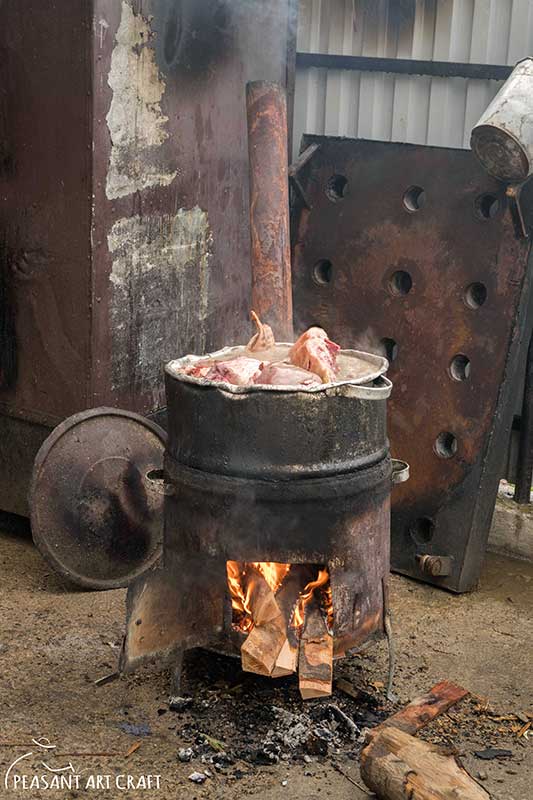
Leave a Comment